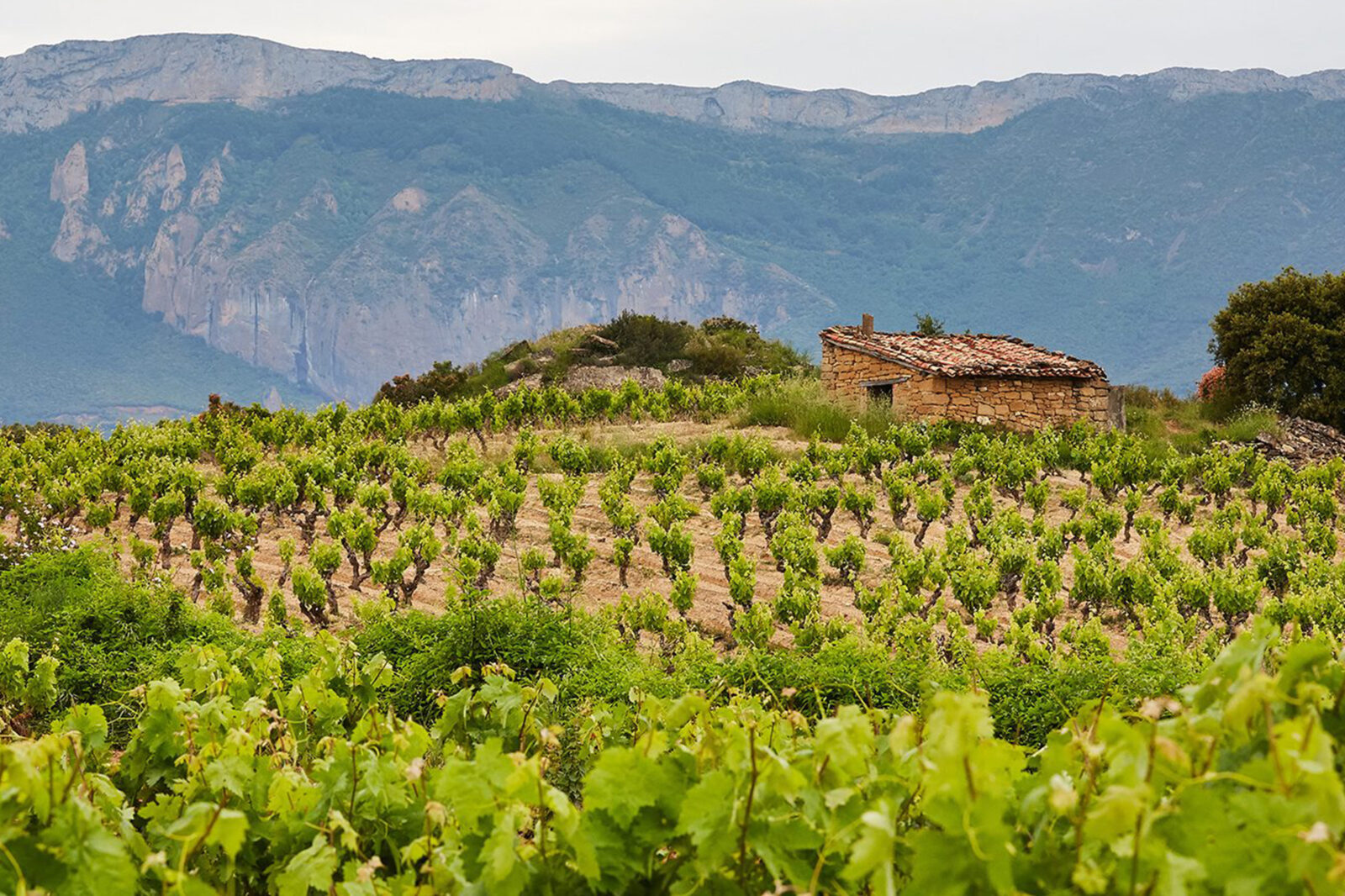

Rioja is a topic that the more you know about, the less you seem to understand. Rioja encompasses a large, […]
Keep ReadingRioja is a topic that the more you know about, the less you seem to understand. Rioja encompasses a large, diverse, and disparate collection of vineyard sites. In a genuine sense, it is cleaved by the Ebro River. This river valley joins and is the natural boundary between the Atlantic climate of the north bank and the Continental climate to the south and east. The part of Rioja Alta to the north of the Ebro has more in common with Rioja Alavesa than it does with Rioja Alta to the south – and the two are separated by a political boundary between the Basque region and that belonging to the province of La Rioja. For many, this iconic part of the vinous landscape is largely synonymous with Tempranillo, which is ideally suited to the limestone-rich soils north of the Ebro, while Garnacha has long lurked in the shadows as a significant player the further south and east one travels. In addition, plenty of other varieties are permitted in Rioja, both red and white, which can sometimes take center stage or lend support to Tempranillo and Garnacha.
Into this already complicated picture is a rich history of cultural exchange that had its apotheosis when phylloxera first ravaged the vineyards of France, driving a wave of French winemakers to Rioja—something made easy with the construction of the railroad station in Haro with connections to Bordeaux. Ideas flowed in and wine out, and in the process, Rioja was starting to change just when Phylloxera stuck here as well. Like elsewhere in winemaking Spain, the dictatorship of Franco served to freeze development in Rioja, and the largest cellars grew in size and importance, and the style of winemaking brought here by the French became enshrined in regulations of the DOCa. Change came slowly to Rioja in fits and starts from the early 1990s. It began at the periphery, but thirty years later, one of Spain’s most conservative winegrowing regions is now becoming one of the most exciting and diverse.
At every step of the evolution of Rioja and at its center in Harro’s Barrio de la Estación de Harro has been Gomez Cruzado. Founded in 1886 by Ángel Gómez de Arteche, it was purchased in 1916 by Ángel and Jesús Gómez Cruzado, beginning a close relationship between ex-pats of Rioja living in Mexico and the fortunes of this property. Modest in size and profile throughout most of its history, Gomez Cruzado was purchased in 2004 by the Baños family of Mexico, who brought in winemaker David González and viticulturalist Juan Antonio Leza to revitalize and redefine the property’s range of wines. Today, the property encompasses 25 hectares of estate vineyards with access to 100 hectares of vines from growers with long-standing relationships with the estate. The cellar was modernized, but the original concrete tanks were restored, and the stocks of barrels were refreshed, resulting in a neoclassical style of Rioja.
Close






